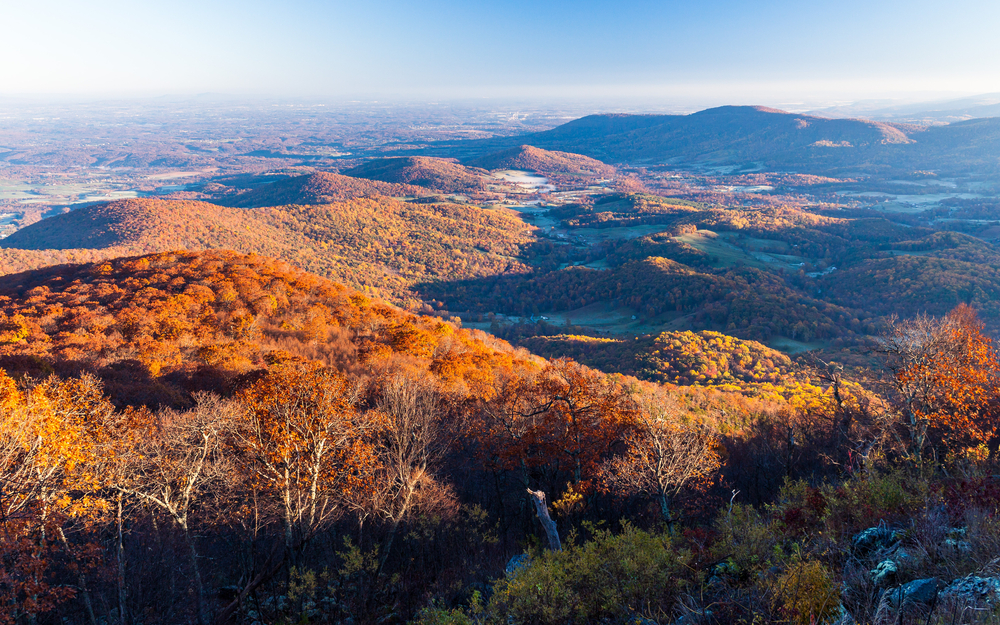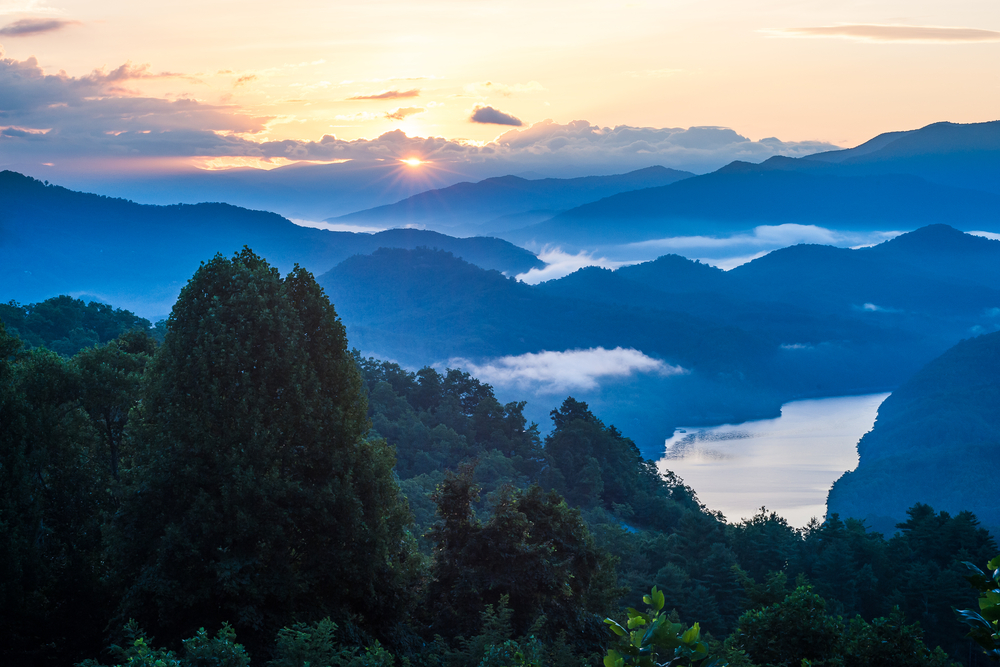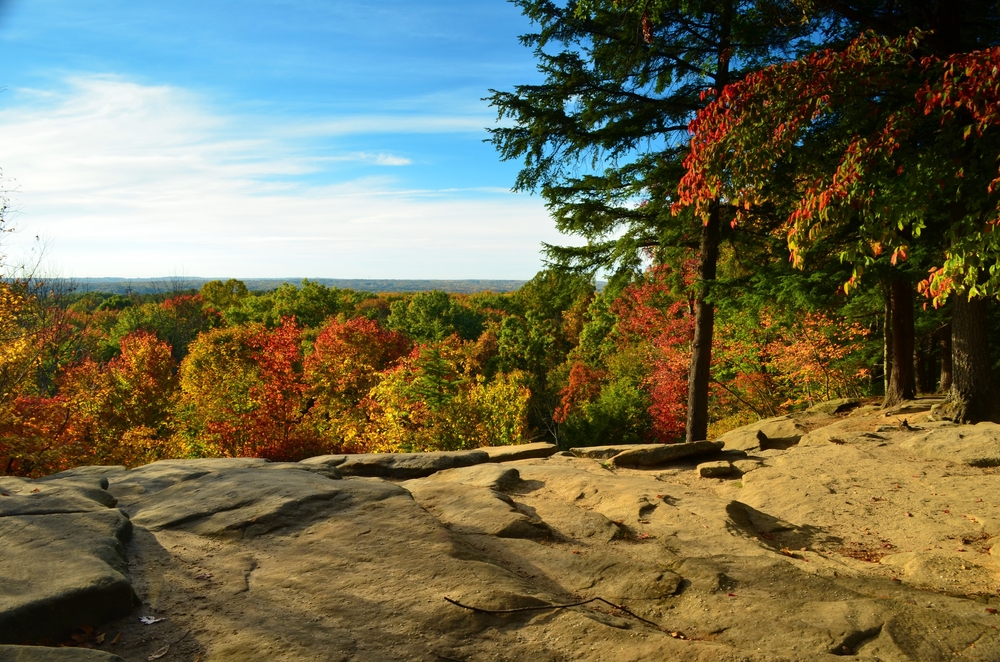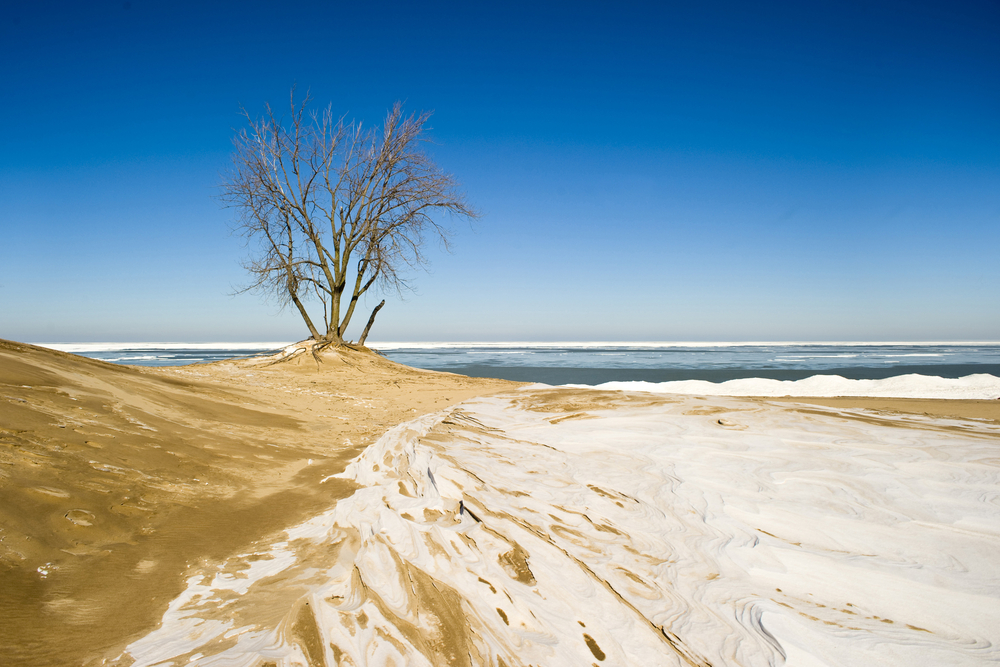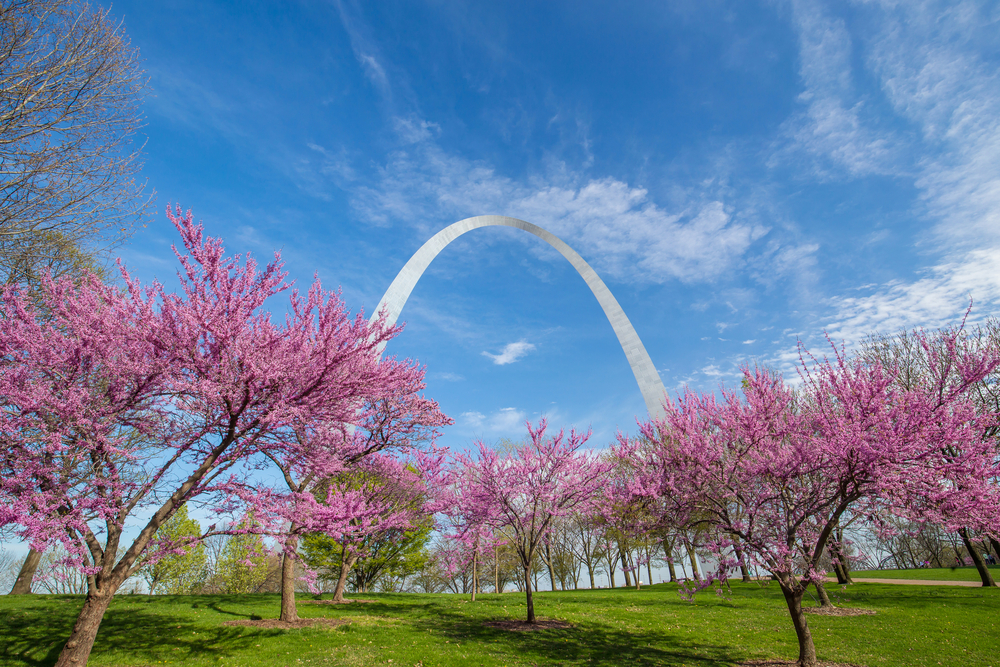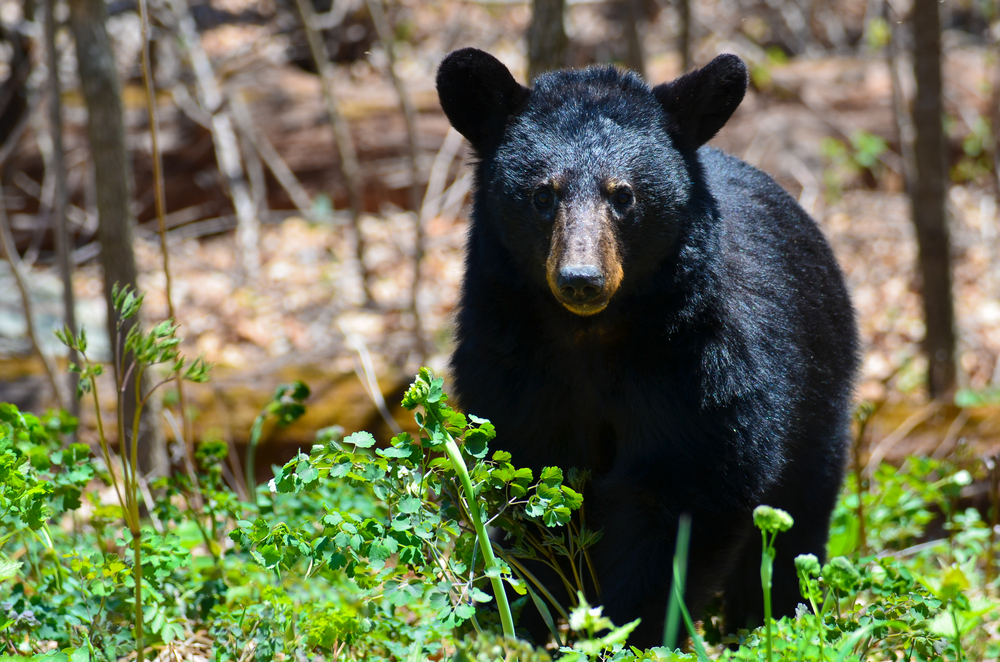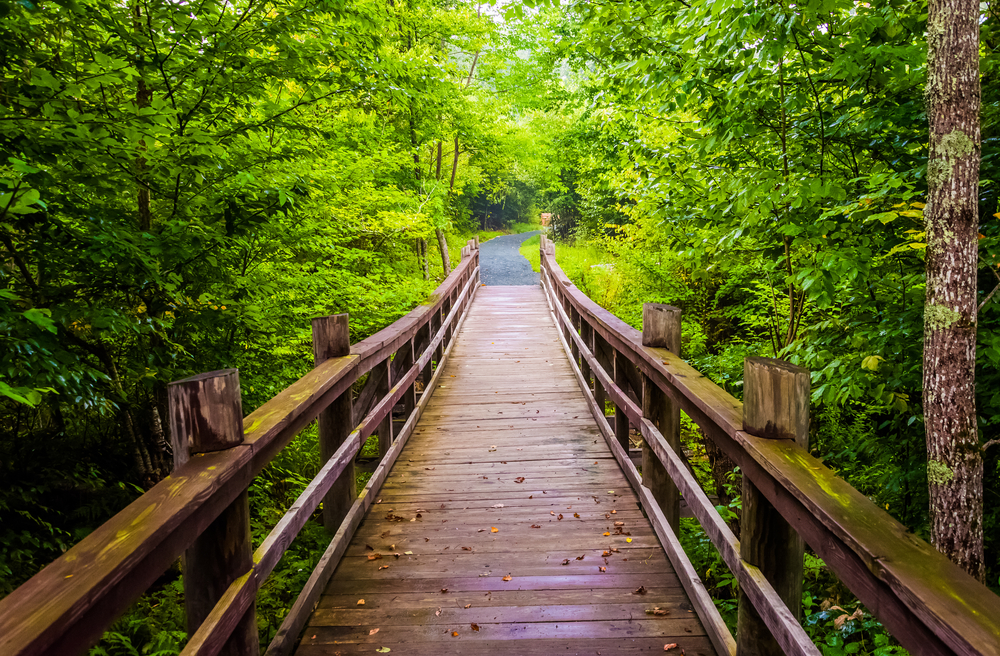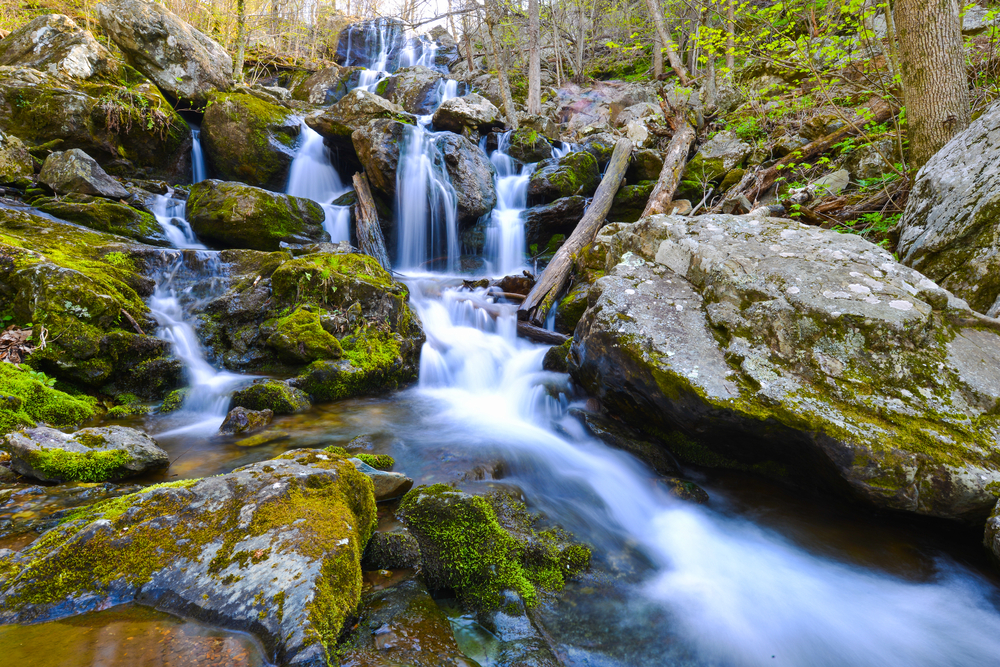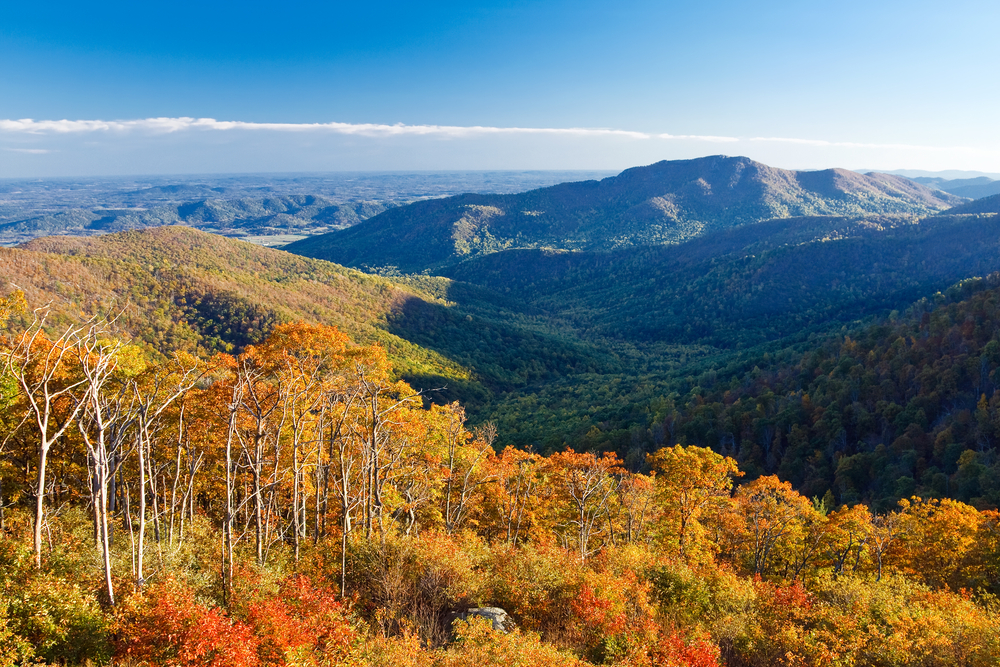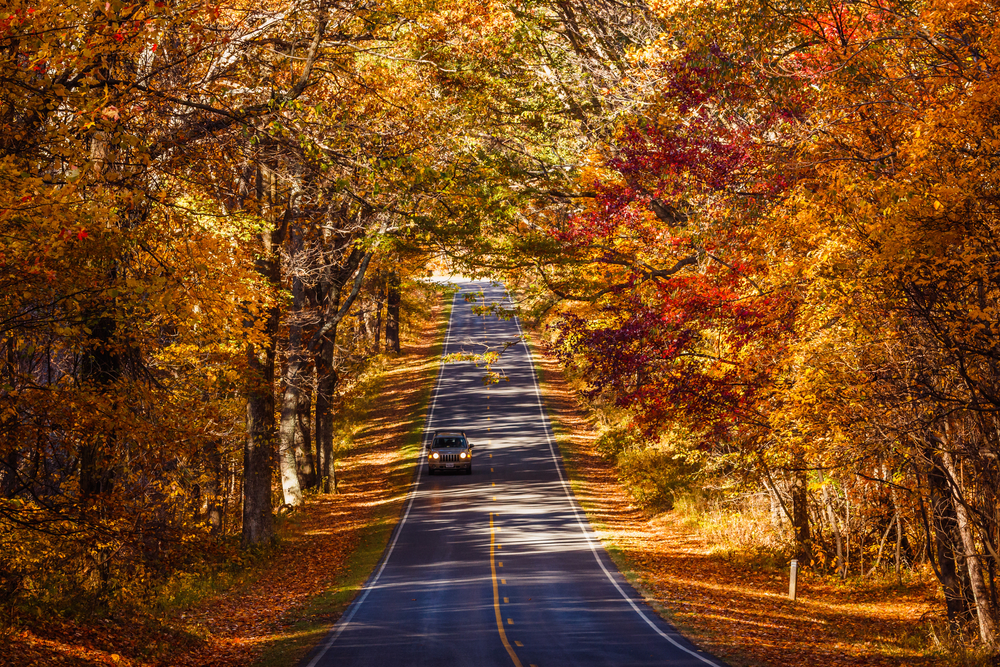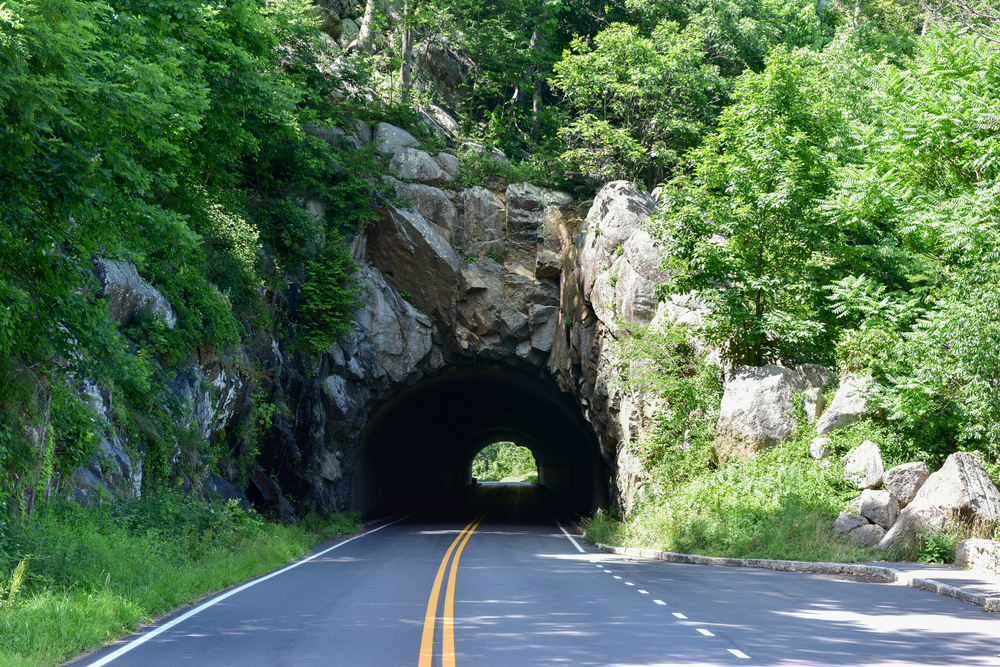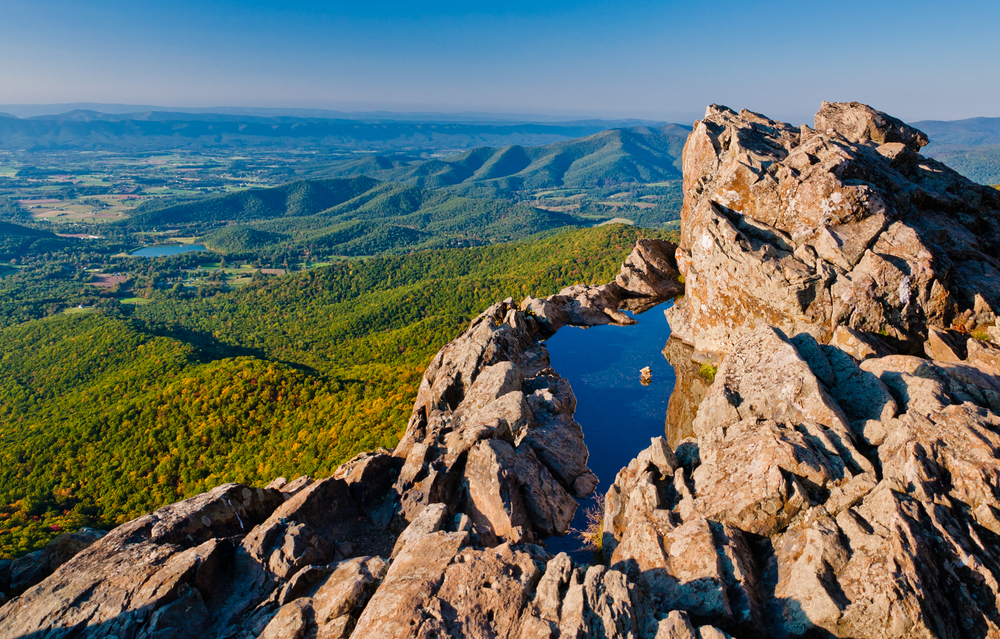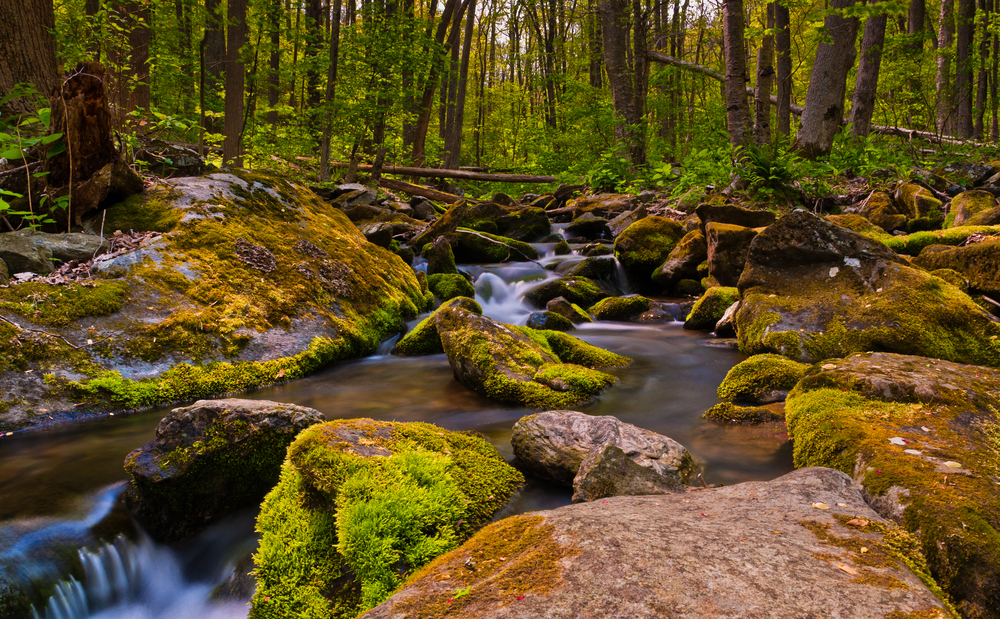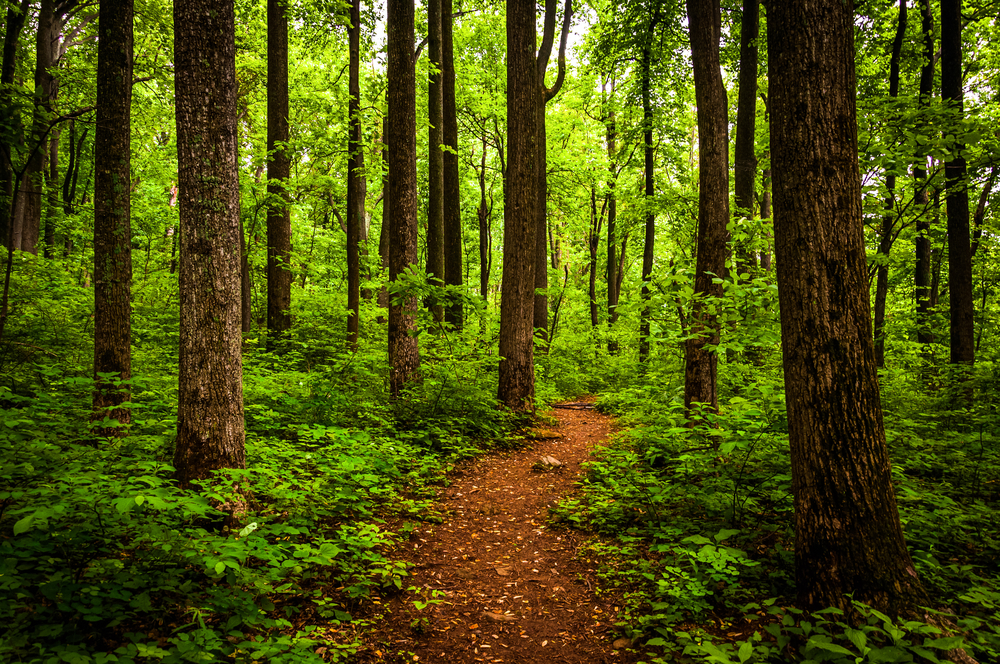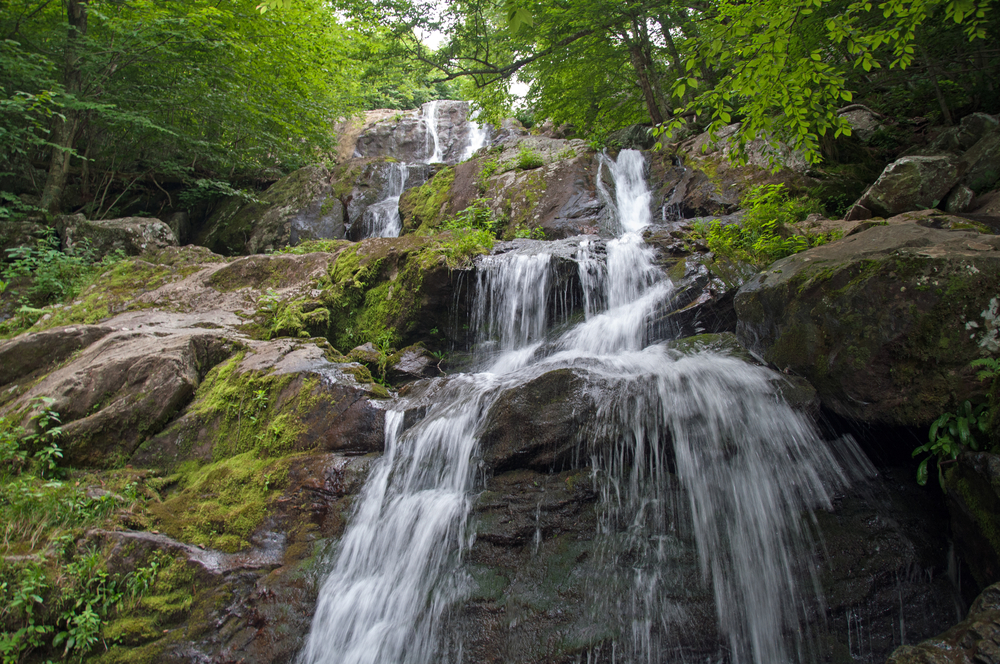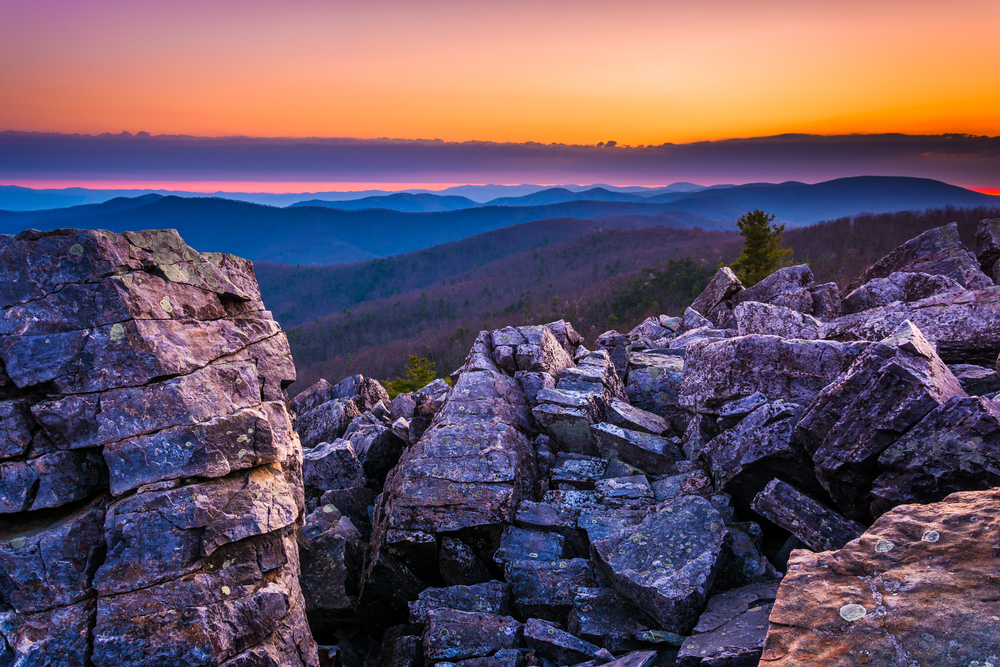Shenandoah National Park is renowned for its stunning scenic beauty, diverse wildlife, and extensive network of hiking trails along the iconic Skyline Drive. The park is celebrated for its expansive vistas of rolling hills, lush forests, and vibrant fall foliage, making it a popular destination for outdoor enthusiasts, nature lovers, and photographers alike.
One of the park’s main attractions is its rich biodiversity, with over 200 species of birds, 50 species of mammals, and countless plant and insect species calling the park home.
Visitors to Shenandoah National Park can enjoy a variety of recreational activities, including hiking, camping, picnicking, birdwatching, and wildlife viewing.
Additionally, the park offers opportunities for scenic drives along Skyline Drive, which winds for 105 miles (169 kilometers) through the heart of the park, offering panoramic views of the surrounding mountains and valleys.
Overall, Shenandoah National Park provides visitors with a chance to immerse themselves in the beauty of the natural world, with endless opportunities for adventure, relaxation, and exploration amidst the breathtaking landscapes of the Blue Ridge Mountains.








































































